Iowa Expert Serves Up Food Safety Tips for Cookout Season
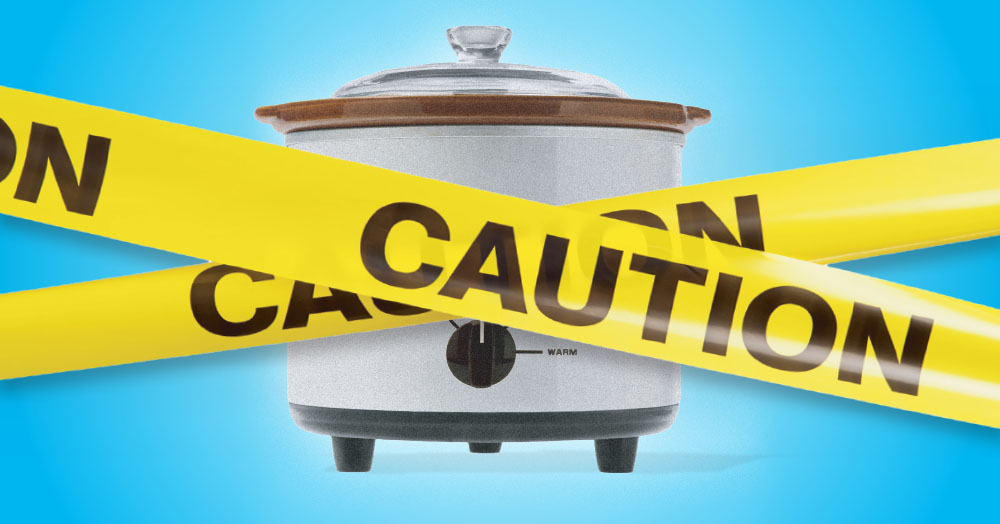 PHOTO ILLUSTRATION: NICK BEECHER
PHOTO ILLUSTRATION: NICK BEECHER
It’s the time of year when barbecues, potlucks, and picnics are in full swing, enticing us to go outside, meet friends and neighbors, and try delicious dishes. But without the proper precautions, foodborne illnesses can quickly turn a meal with friends into a visit with the doctor.

“We have to recognize that there’s bacteria in our food, our environment, and on our hands,” says Michael Pentella, a clinical professor of epidemiology and the director of the State Hygienic Laboratory at the University of Iowa, “and we have to do everything we can to reduce those numbers.”
Funded in part by the Centers for Disease Control and Prevention, the State Hygienic Laboratory works to detect cases of foodborne illness early and to catalogue information about the pathogens’ genetic makeup to track outbreak sources on a national network. Sharing data and monitoring cases closely keeps outbreaks smaller and less severe.
But the best-case scenario is preventing illness from occurring at all. Pentella shares his top tips for a food-safe season.
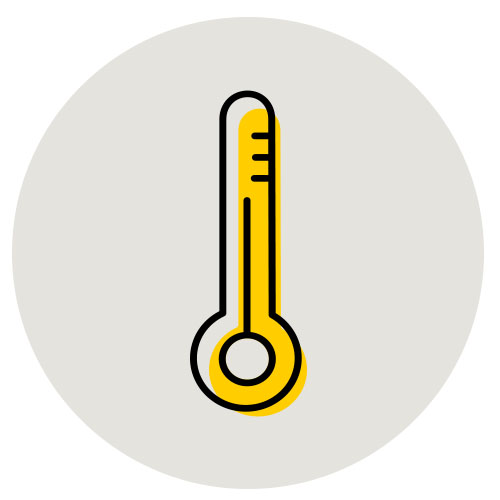
Control food temperatures.
While eating, keep hot foods hot and cold foods cold. Afterwards, put leftovers in the refrigerator as soon as possible to prevent bacterial growth.

Cook everything thoroughly.
Ensure foods reach the right temperature to eliminate diseases like salmonella and E. coli.
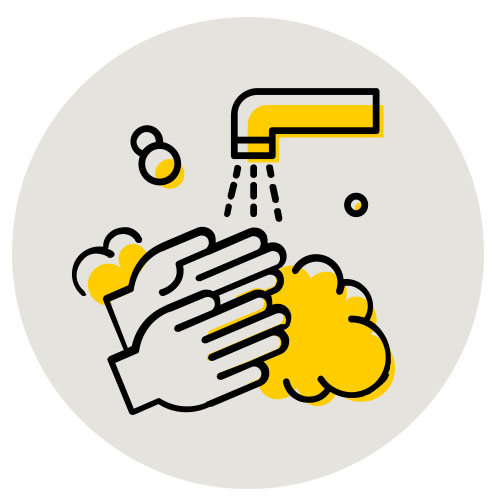
Avoid cross-contamination.
“Food safety is all about making sure your environment is clean, and that includes your hands,” says Pentella. Washing hands—and equipment—between handling cooked and uncooked foods keeps bacteria from spreading.
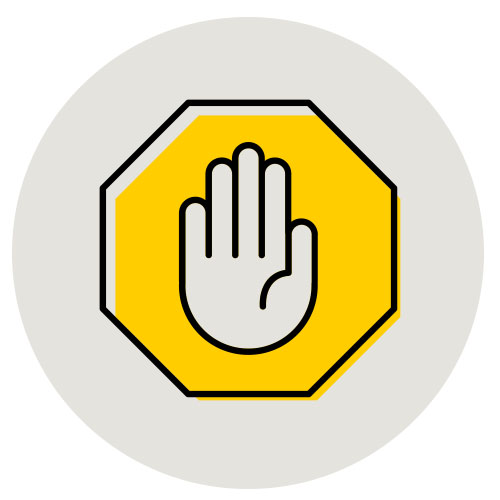
Check for product recalls.
Go to fda.gov/safety to see recent recalls and alerts.
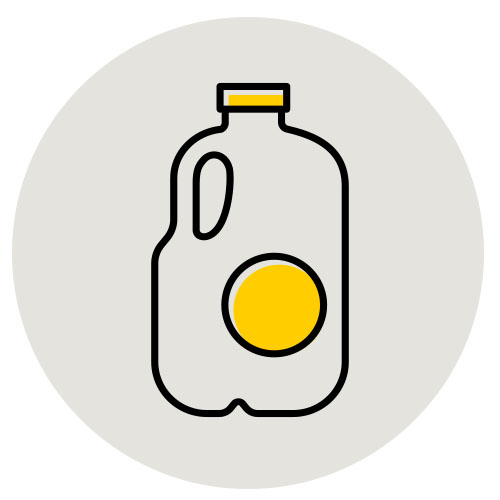
Avoid unpasteurized dairy products and juices.
Pasteurization removes harmful pathogens from a drink.
